-
×
 The Endocrine System
1 × $4.49
The Endocrine System
1 × $4.49
Objects of the Universe
$4.99 Original price was: $4.99.$4.49Current price is: $4.49.
Description
Objects of the Universe: A comprehensive resource on all objects of the universe.
Topics:
-
Cosmic objects
-
Small solar system bodies: asteroids, comets, meteoroids, meteors, meteorites
-
Celestial bodies: stars, planets, moons, dwarf planets
-
Stellar structures and phenomena: nebulae, supernova, pulsars, quasars, star clusters, galaxies, black holes,
Learning Objectives:
-
Identify and describe various celestial bodies, including stars, planets, moons, and asteroids, and their roles in the universe.Compare ancient and modern models of the universe to understand their historical development.
-
Explain key stellar and galactic phenomena, such as supernovae, pulsars, and quasars, and their impact on cosmic evolution.
-
Analyze the structure of cosmic structures, including galaxies, star clusters, and binary systems, and their significance in the universe.
-
Explore how cosmic microwave background contributes to understanding the universe’s formation and future.
Key Features:
-
Eye-catching cover page to captivate students’ attention right from the start.
-
Clearly outlined learning objectives to guide student progress and understanding.
-
Detailed notes section for recording essential information and facilitating student engagement.
-
Minimum of 4 interactive activity links with QR codes, offering a range of options such as videos, virtual labs, online games, interactive websites, online tutorials, and catchy songs.
-
Concise summary to reinforce key concepts and facilitate comprehension.
This versatile resource is perfect for both classroom instruction and home learning!
The slides are intended for personal use in your own classroom and cannot be used commercially, even if modified. They may not be freely shared or distributed on the internet.
The slides are aligned with the learning objectives of the Grade 10 in the new British Columbia BC curriculum. To access a comprehensive collection of learning objectives, please browse the supplementary slides offered in this store.
Additional information
| Grade Level | Grade 6 |
|---|---|
| Language | English |
Reviews (0)
Only logged in customers who have purchased this product may leave a review.
Related products
-10%
Diversity & Survival
-10%
Electricity & Magnetism
-10%
Diversity & Survival
-10%
Electricity & Magnetism
-10%
Diversity & Survival
-10%
DNA, Cell Div & Reproduction
-10%
Forces & Motion
-10%
Diversity & Survival
Ecological Relationships: Competition, Predation and Symbiosis

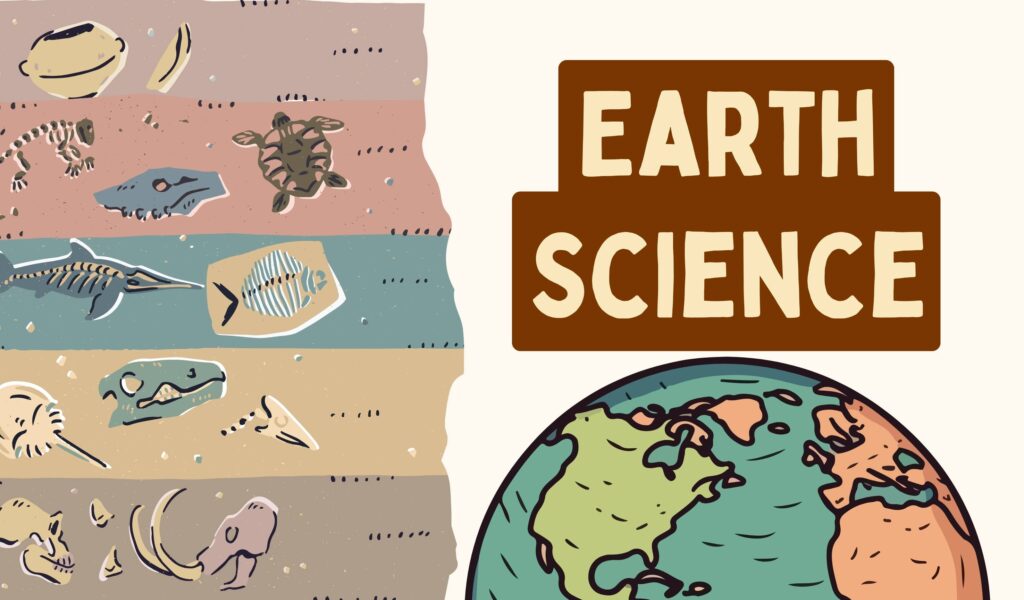

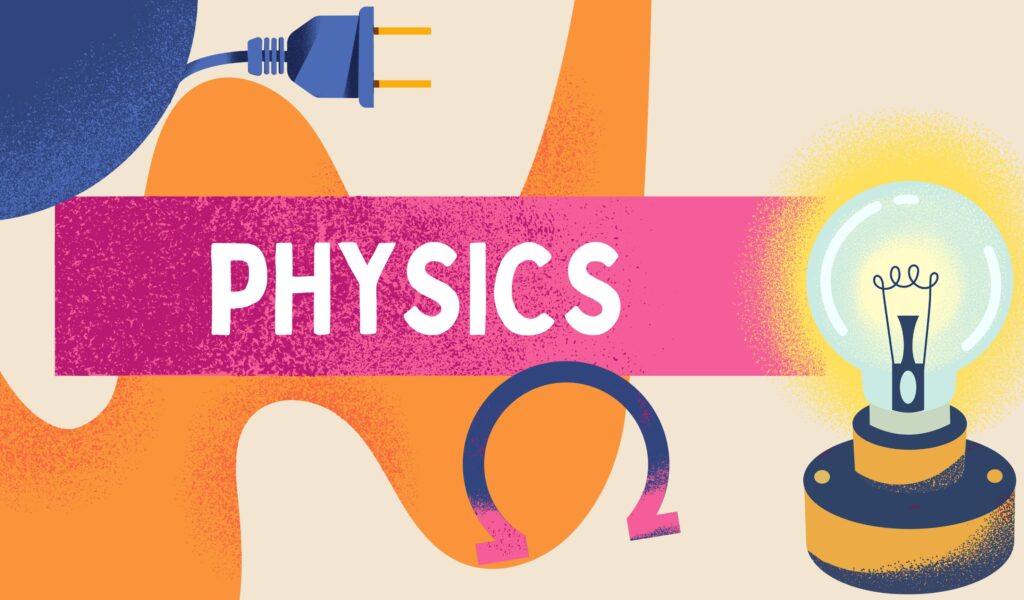





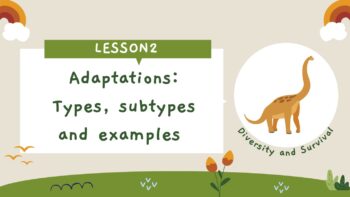
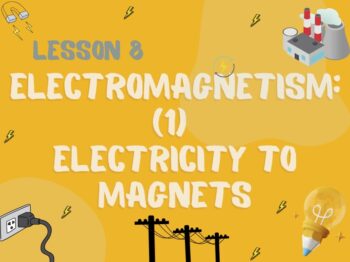
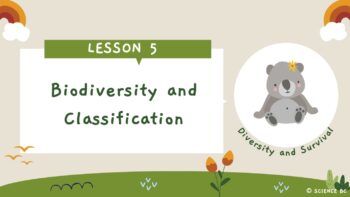
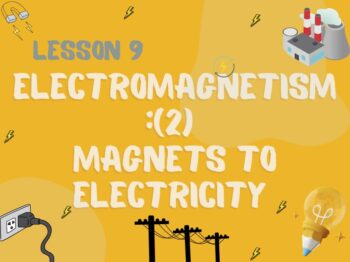





Reviews
There are no reviews yet.